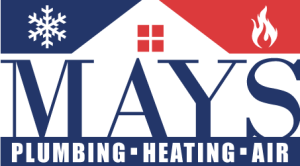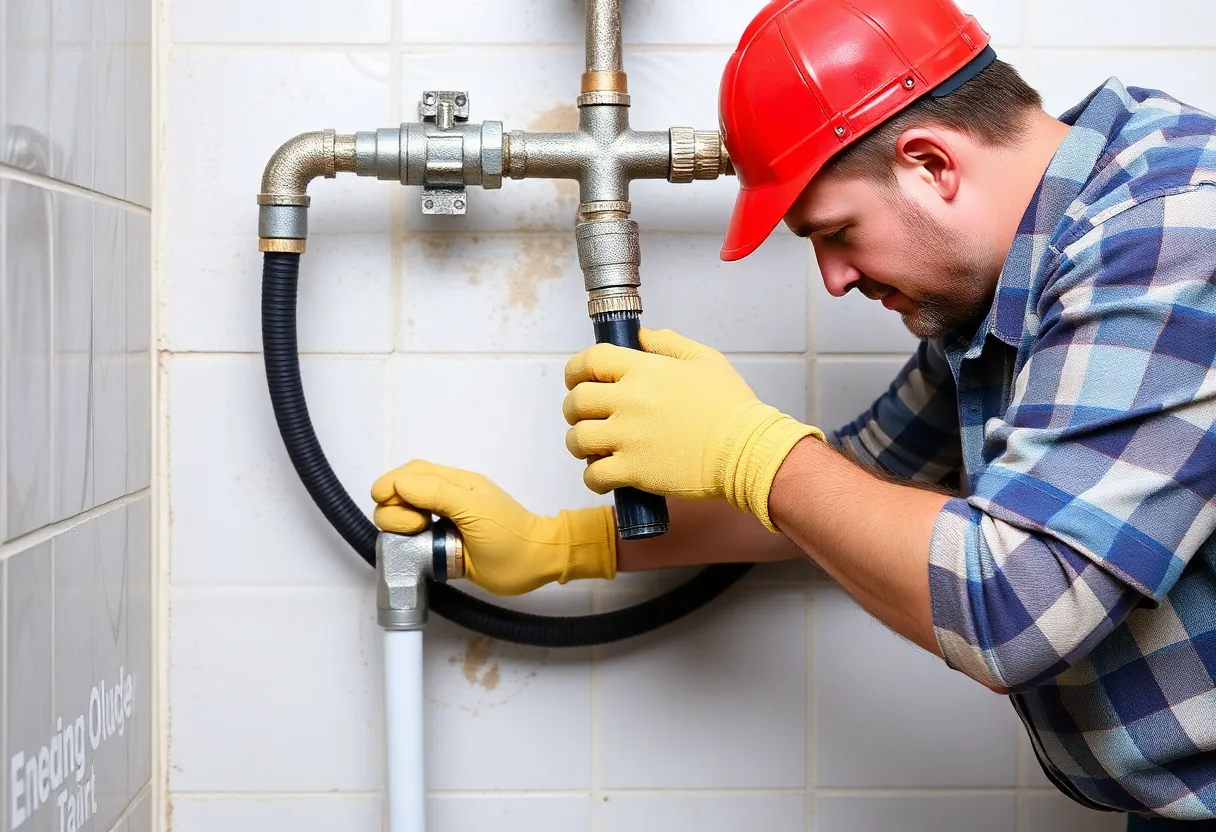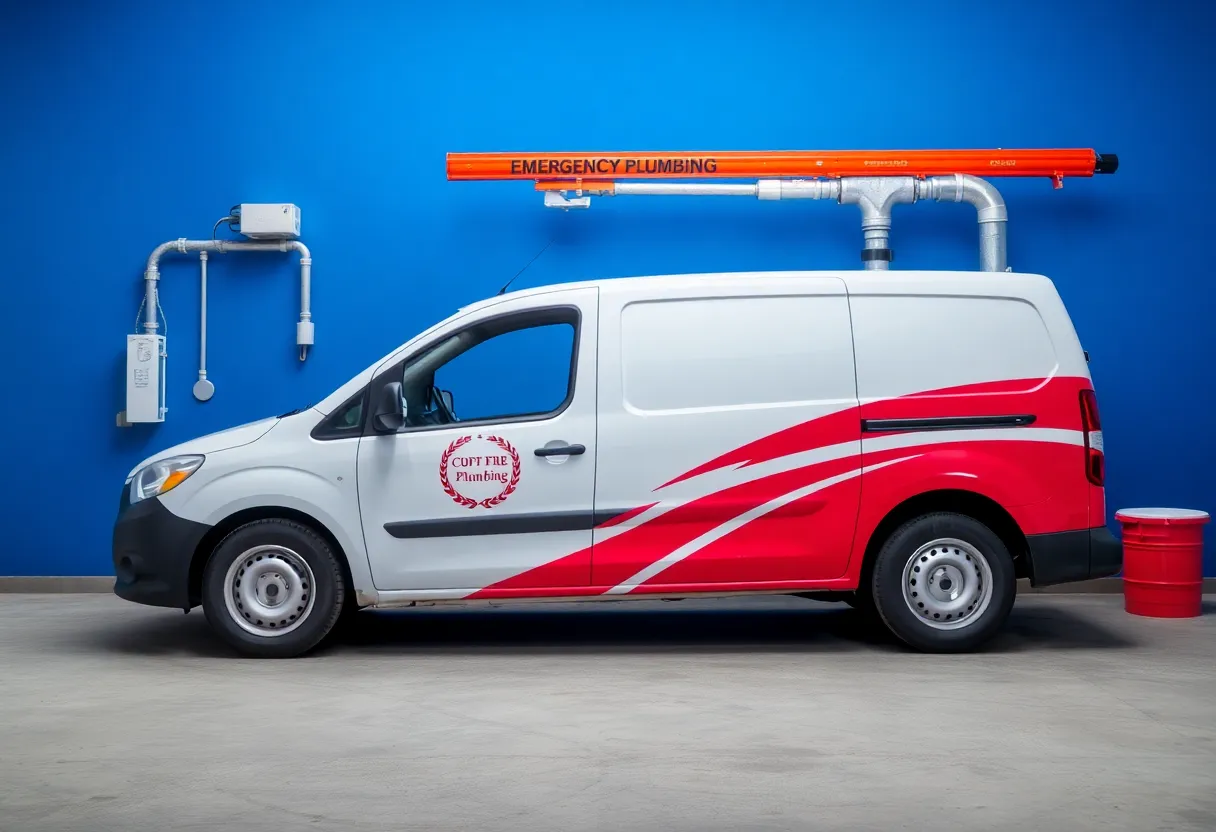The Plumbing Paradox: 7 Common Misconceptions That Could Lead to Costly Repairs
When it comes to plumbing, many homeowners operate under a set of beliefs or misconceptions that can lead to significant issues down the line. Understanding the truth behind these myths can save you money and prevent disasters. This article will explore seven common plumbing misconceptions and the realities behind them, helping you navigate your plumbing needs more effectively.
Misconception 1: All Plumbing Problems Are Obvious
Understanding the Visibility of Plumbing Issues
One of the biggest misconceptions is that problems will always present themselves in visible ways. Many people believe that if there is no visible leak or blockage, everything is in good order. However, plumbing issues often develop *silently* behind walls or beneath floors.
The Hidden Dangers
Leaky pipes, for example, may not show signs of trouble until significant damage has occurred. Water damage can lead to mold growth, structural issues, and costly repairs all because a minor leak went undetected. Regular inspections can help identify potential problems before they escalate.
Misconception 2: You Can Fix Any Problem Yourself
The Dangers of DIY Plumbing
Many homeowners take the do-it-yourself approach with plumbing issues, believing they can fix any problem without professional help. While some minor issues may be manageable, others can lead to complications—and more costly repairs—if not handled correctly.
The Expertise of Professionals
Certified plumbers are trained to identify and resolve complex plumbing issues safely and efficiently. They possess the tools and knowledge needed to tackle a variety of situations that the average homeowner might not be equipped to handle. Attempting a repair without proper understanding can worsen the issue and lead to expensive consequences.
Misconception 3: Chemicals Are the Best Drain Clog Solutions
The Risks of Drain Cleaners
Many believe that chemical drain cleaners are the ultimate solution for clogged drains. While these products may provide quick fixes, they often do more harm than good. Regular use of caustic chemicals can damage pipes over time and pose health and safety risks.
Safer Alternatives
Instead of relying on harsh chemicals, consider these alternatives:
- Use a bent wire hanger or a drain snake to remove clogs.
- Employ baking soda and vinegar as a natural remedy for minor clogs.
- Invest in regular professional drain cleaning services to maintain clear pipes.
By choosing safer, more sustainable methods, you can save money and extend the life of your plumbing system.
Misconception 4: Plumbing Repairs Can Wait
The Cost of Procrastination
Many people tend to ignore minor plumbing issues, assuming they can wait until a more convenient time for repairs. However, this short-term thinking can lead to long-term consequences, resulting in significant repairs down the road.
Timely Interventions
Even a small leak can lead to costly water damage, increased utility bills, and problems with mold. Addressing problems promptly prevents them from escalating and saves you money in the long run. Regular maintenance and check-ups are essential components of effective home care.
Misconception 5: Plumbing Fixtures Don’t Affect Water Pressure
Understanding Fixture Impact
Many homeowners believe that water pressure issues are solely due to the plumbing system itself and do not consider that the fixtures might be the problem. Aging or malfunctioning fixtures can cause significant drops in water pressure.
Improving Your Water Pressure
To enhance water pressure, consider the following:
- Check for clogs in aerators and showerheads.
- Inspect for leaks in the plumbing system.
- Upgrade to high-efficiency fixtures designed to maintain optimal pressure.
By understanding the correlation between fixtures and water pressure, homeowners can take steps toward improving their plumbing experience.
Misconception 6: You Can Use Your Garbage Disposal for Anything
The Limits of Garbage Disposals
Many people think that garbage disposals are magic devices that can handle any food waste. This misconception can lead to blockages, damage, and malfunctioning disposals.
What To Avoid
Several items can cause issues when put down a garbage disposal:
- Fibrous vegetables like celery and corn husks.
- Potato peels that can turn gummy.
- Grease and oils, which can solidify and cause clogs.
Understanding the limitations of your disposal can prevent costly repairs and keep your kitchen plumbing working efficiently.
Misconception 7: Plumbing Systems Last Forever
The Reality of Aging Plumbing
Many homeowners assume that once their plumbing system is installed, it will last indefinitely. However, just like any other system in your home, plumbing can deteriorate over time. Ignoring the signs of aging plumbing can lead to significant repairs or even system failure.
Signs of Aging Plumbing
Be on the lookout for these indicators that your plumbing might need attention:
- Increased frequency of leaks.
- Discolored water or rusty pipes.
- Water pressure fluctuations.
Routine inspections and maintenance can extend the life of your plumbing system and help you avoid unexpected costs.
Conclusion
The misconceptions surrounding plumbing can lead homeowners down a path of costly repairs and preventable disasters. By educating yourself about these common myths, you can take proactive steps to protect your home’s plumbing and avoid unnecessary expenses. Remember to:
- Trust your instincts—if you suspect a plumbing problem, don’t ignore it.
- Seek professional help when necessary.
- Engage in regular maintenance and inspections to catch potential issues early.
By staying informed and taking a proactive approach to plumbing care, you can avoid the pitfalls of these common misconceptions and maintain a healthy, functional plumbing system.












